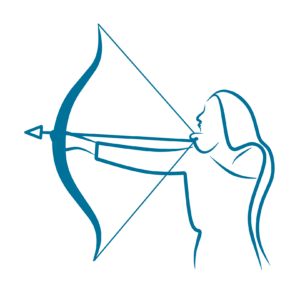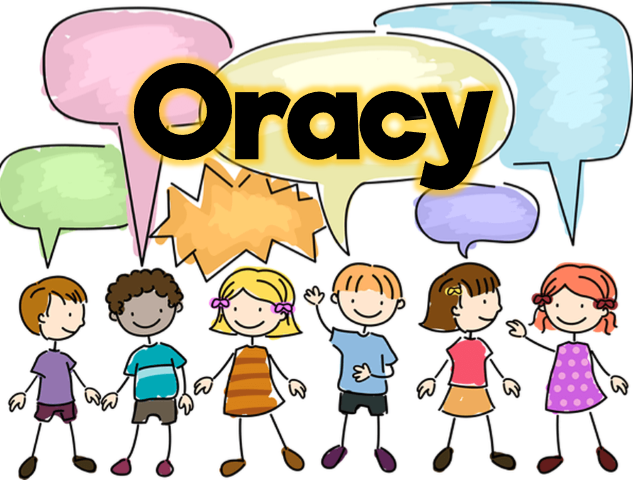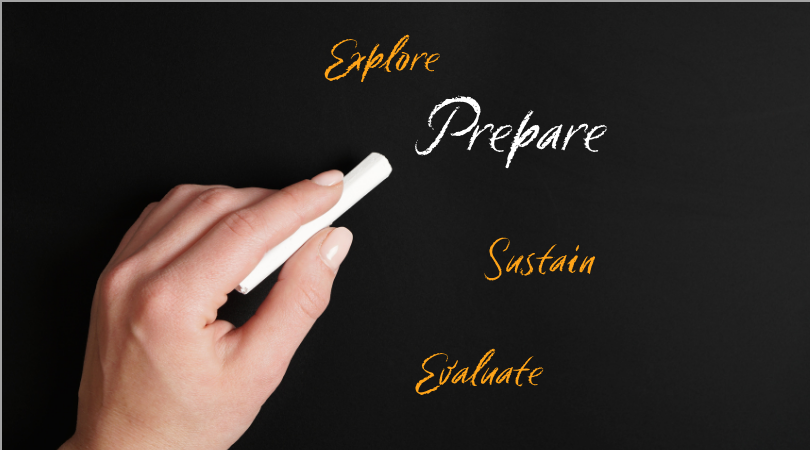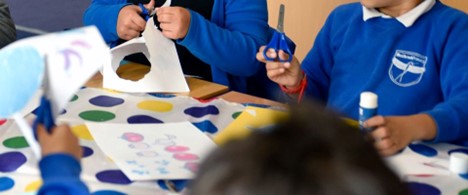How can we optimise our brain's potential?
What do you know about the Science of Learning? As you introduce a new concept, do you help learners picture what is going on in their brain? Do your students regularly talk about schema and long-term memory? The science of learning, often referred to as educational psychology or the psychology of learning, is a field of study that focuses on understanding how humans acquire, process, and retain knowledge and skills. Its main focus is getting us to understand and tap into the incredible resources our brain offers!
Not that we wanted to get bogged down in the ‘science’, but giving students the language and a deeper understanding of how they make connections and how to care for their brain is at the heart of a Thinking School. We want to enable students and provide them with the tools to become lifelong learners. Understanding the mechanics of learning is the first step in reminding students that everyone has the ability to optimise their brain’s potential.
Advances in neuroscience have greatly contributed to our understanding of how the brain is involved in learning. Active plasticity was discovered by Recanzone in the 1990s. It is amazing to know that from birth up to about 25 a student can learn passively, just through mere exposure to information, and actively as they pursue that change. After 25, it is only through the active pursuit of information that our brains are rewired or new habits formed. We often talk about the power of sleep. When we sleep or rest, this is when the brain rewires itself to function better. During sleep the same neurons go forwards and backwards, getting more repetition of the original action and reactivating that concept. What was once hard or impossible becomes reflexive. Just resting after learning allows the brain to rewire to help speed of learning and depth of learning; as we discuss when looking at the two operating modes of the brain; focused or diffuse mode. Does this validate naps? Maybe! Therefore, we each have a unique visual and cognitive experience as our brain is a map of our prior experiences.
The TM Big Picture seeks to distill the findings of key research on the ‘science of learning’ and translates the theory of ‘what works’ into a single, practical, metacognitive approach that can be used in classrooms. At the centre, is the student, the ‘meta-learner’, represented by an archer. The student has access to a bow, representing their age-appropriate understanding of the Science of Learning and its application to their own learning.
If we now look at the centre is the archer, a metaphor for the metacognitive, self-managing, self-regulating independent learner and thinker. The Science of Learning has therefore evolved in recent years as a field which brings together research from neuroscience, psychology, education and other related disciplines to inform our understanding of the learning process.

For implementation to take place in a school, each teacher needs to have a robust understanding of the Science of Learning and other metacognitive strategies; much of which are mentioned in the Ofsted framework. Additionally, you might be employing many of Barak Rosenshine’s ‘Principles of Instruction’. For example, Principle 1 (review of previous learning) reminds the meta-learner that they need to activate their long-term memory and recall previous knowledge.
Once explicitly taught, this knowledge is to be handed onto the student so that it enables greater knowledge of self and becomes an essential part of their toolkit.
Adventures in Metacognition is a game and set of learning resources designed to help support schools pass on this knowledge to their students. Once they have gained the information, the game encourages them to put each element into a context and get them to think about how this can make a difference to their learning. The game and associated teaching resources builds motivation as it helps students become more engaged and gives them autonomy to consider their own responses.
As the student moves around the island, they will discover information about:
- Brain Structure and Neuroplasticity – what are the functions of neurons and how can they build neural networks and make strong connections.
- Memory – knowing the difference between working and long-term memory, how they can manage their cognitive and the purpose of schemas.
- Brain Operating modes – the purpose of both functions and how to use them effectively when studying and developing self-management techniques.
- The Emotive Brain – how the amygdala and hippocampus can impact working memory.
- Deliberate Practice – employing effective strategies to reach a purposeful goal.
- Motivation – investigating the willingness to engage in cognitive and metacognitive skills and then apply them to learning.
Sign up for a trial today to use with KS2 or KS3. If you are a TSN member, contact our Technical Support team to ask for your log-in. KS1 and KS4 materials coming soon.



